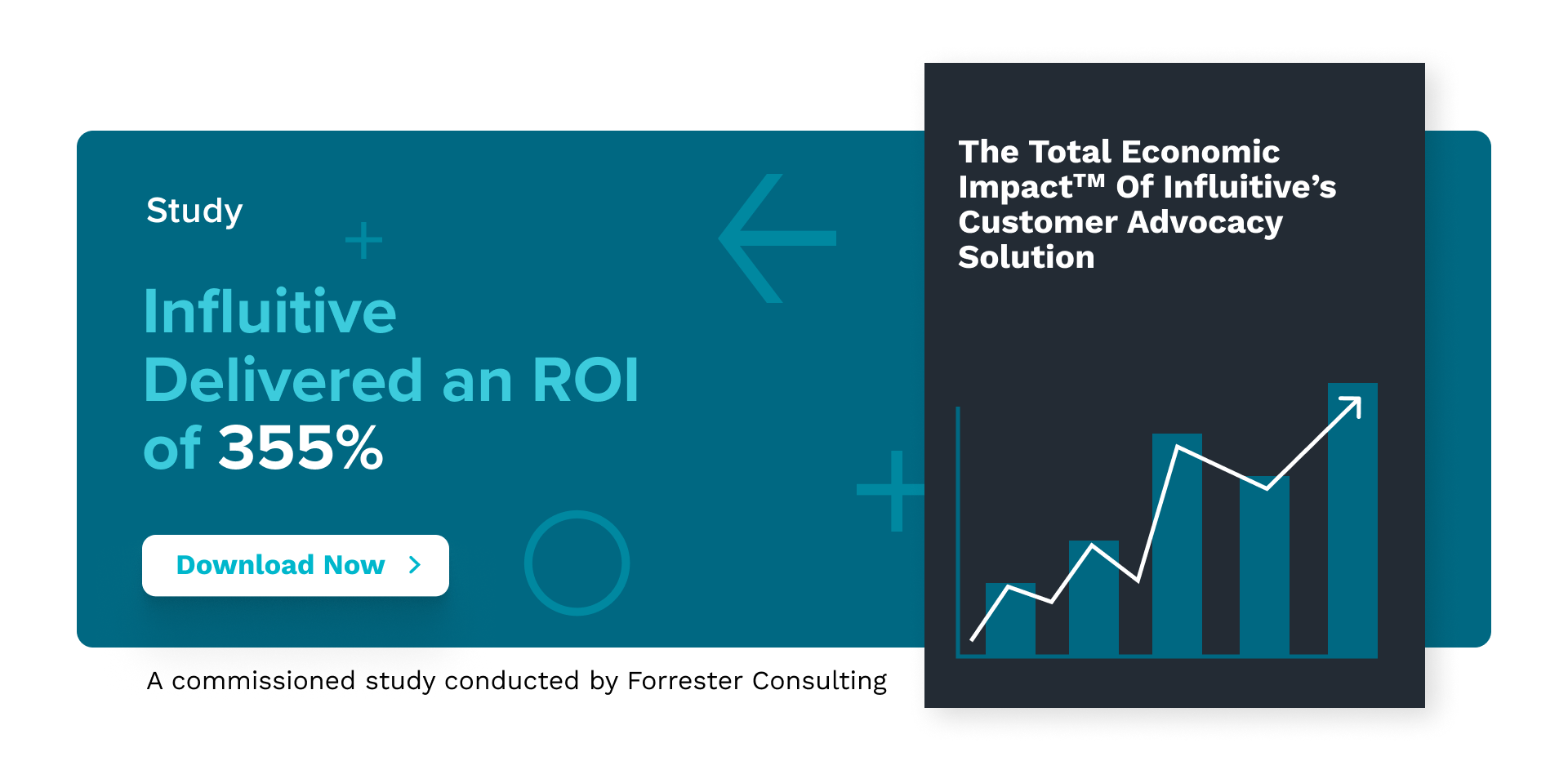New York City in the winter time is a place full of magic, and that magic was taken to another level on December 8th as the Customer Marketing Alliance brought together CMA pros from around the world for their first annual Customer Marketing Summit.
With speakers from across industries and experiences, the insights were aplenty. With so much goodness to share, we’re kicking off a multi-part series so we can share what we learned and how you apply these learnings to your 2023 programs. So without further ado, let’s dig into it!
Customer marketing and advocacy need to be tightly joined at the hip with their customer success and wider marketing department colleagues. That’s just a critical ingredient to any successful CMA pie.
In this CMA Customer Marketing Summit session, we brought together a dynamo panel of:
- Amy Hanan, CMO at LRN
- Zach Boisi, Vice President of Customer Success at LeagueApps
- Nicholas D’Amato, Global Customer Advocacy Marketing Manager at Cisco.
The host was our very own VP of Customer Marketing & Advocacy, Ari Hoffman, who ran the first play on the court by showing how we all win together.
Consider this graphic to set the stage. As a CMA pro, you are your customer’s agent working in their best interest and elevating them to new heights, but you’re not doing it alone!
Customer engagement is a shared responsibility that requires coordination and collaboration among different teams within a company.
By aligning your teams and operating under a set of “immutable laws,” you can better understand their customers’ experiences and deliver value before asking for it.
The following are five key principles discussed by our panelists that can help ensure effective collaboration and customer engagement:
- Deliver value before asking for it:
This means prioritizing the needs of your customers and providing them with value before expecting anything in return. This can involve providing helpful information, offering support, or simply listening to their feedback.
- Keep communication channels open:
It’s important to maintain open lines of communication with customers, both to gather feedback and to share information about new products or services. This can involve regular check-ins, email updates, your Influitive Hub, or hosting virtual events.
- Align customer success and advocacy:
By ensuring that customer success and advocacy teams are working together, you can provide a more consistent experience for your customers. This means having a clear point of contact for customer messaging and feedback, and making sure that all teams are aligned on goals and strategies.
- Engage with internal stakeholders:
In order to effectively engage with customers, you need to ensure that all internal stakeholders are on board. This means working closely with marketing, sales, and product teams to develop a coordinated strategy and share customer feedback.
- Constantly drive improvement:
Customer engagement is an ongoing process, and it’s important to constantly be looking for ways to improve. This can involve regularly reviewing feedback, implementing new strategies, and testing new approaches to see what works best.
By following these principles and building a strong customer-focused team, you can better serve their customers and drive business success. This can involve regular communication and meetings with your stakeholders, as well as having a clear point of contact for customer messaging and feedback.
On our panel, Zach was asked, “who owns outreach to customers?”
His answer was telling, in many companies that person isn’t set in stone.
The person can vary by orgs and org structures, but what is most important is that you set someone to be responsible for it and have them take ownership moving forward.
By taking a collaborative and customer-centric approach, you can build stronger relationships with your customers and improve their overall experience.
Stay tuned for the next post in our series where we’ll dive into all things ROI.















































